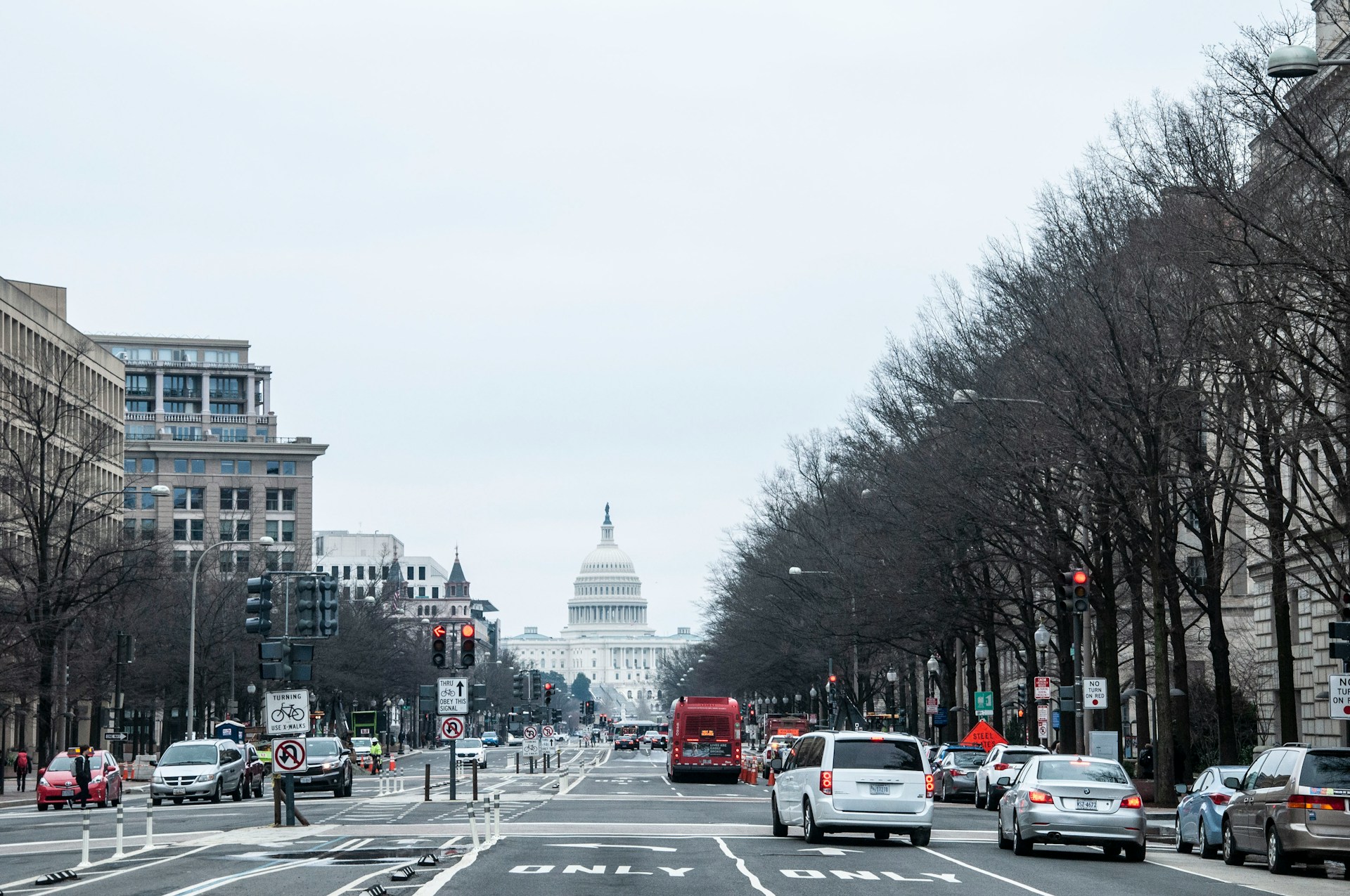Seeing as how some people here on Lemmy get upset at any mention of Ranked Choice Voting and respond that, in their opinion, it’s not perfect, and that we should therefore keep the voting system we have while we debate which alternative is perfect for several decades, allow me to preemptively respond.
========
RCV has the momentum and is infinitely superior to what we have now. Don’t let perfect be the enemy of fantastic.
I’d be happy if a community chose one of the other options. I don’t care. They’re all better than what we have and we should be celebrating every city, county and state that switches to any of them. That’s the purpose of this post.
Trying to demonize one option because you don’t think it’s perfect is just muddying the waters and subjecting us to decades of more of the shit sandwich we have now while we debate which alternative is flawless (hint: none of them are).
You’ll never get everyone to agree on which option is best. A vast majority of us can agree, though, that FPTP is garbage, and RCV is way way better.
It’s like you’re sitting there with nothing to eat but spoiled meat and it’s making you deathly sick, someone comes by and offers you a fresh juicy hamburger, and you respond, “No! I’ll accept nothing less than Filet Mignon!” Dude! You’re eating spoiled meat! Take the damn burger!



How come it’s still leading to two major parties?
It’s still not that old (~10 years or so iirc), it takes time for a third party to be major contentender. Earlier on you’re more likely to see third party wins in more local than national level elections.
It’s not an insta-win for third parties. But that’s ok, because local elections matter, and that’s where you’d typically see results first.
We have four Major Parties - Labor, the Liberals, the Nationals, and the Greens. If you understand their relative power based on our system of government, you’ll see that we’re somewhere in between the US and the EU with regards to representational democracy. It’s not great, but in the Anglospheric context we do pretty well because the others don’t have our combination of Ranked Choice Voting (RCV), Proportional Representative Voting (PRV) and Mandatory Voting.
Maybe it’s just to me, but liberal/national coalition and labor seem like the two major parties, green is barely at the table still.
If you exclude the coalition, national has 4 times the representation of green, and liberal 3 times that.
Just my opinion here, but it’s still two major parties, with the thirds coming up in ranks and getting some momentum going. It’ll be a good day imo when the greens overtake the nationals (and maybe one day the liberals), but I personally don’t see it as representative of the people yet. Improving, but still functionally two parties.
I guess it depends on your definition of ‘major’. I think in a pluralistic democracy, any party that represents 10+% of the population meets that criteria. Of course, from the perspective of a two-party system 10% doesn’t seem like much, but it’s significant enough to have held the balance of power many times since the Greens came into existence in the ‘90s.
Labor is the largest single party in the Lower House. The Liberal Party has (almost) never gained a true majority. The National Party, with whom the Liberal Party coalesces (known in Australia as The Coalition or the LNP) is our current major opposition, and they only hold that position as a coalition. The Greens regularly poll between 9-12%, which causes our Federal Senate to end up giving them a significant amount of power. We also (thanks to changes a recent government made) have a significant crossbench made up of The Greens, minor parties and independents. Our current senate (and most previous Senates) has many potential ‘kingmakers’ (including previous AFL legend David Pocock, Jacqui Lambie and others) which mean that governments can’t pass legislation without courting those outside their party.
To the outsider it may seem that we only have two parties, but in our context we understand it to be more complex than that. Many Australian jurisdictions have known minority-government, government-by-coalition and Lower House government tempered by Upper House diversity which tempers the passage of legislation.
Like I said, it’s not a perfect system (and pretty far from direct democracy) but we sit in this interesting position between the absolute Two-Party System of FPTP jurisdictions and other systems that produce 5+ parties that need to form government together. Our system is far from perfect, but it’s not terrible.